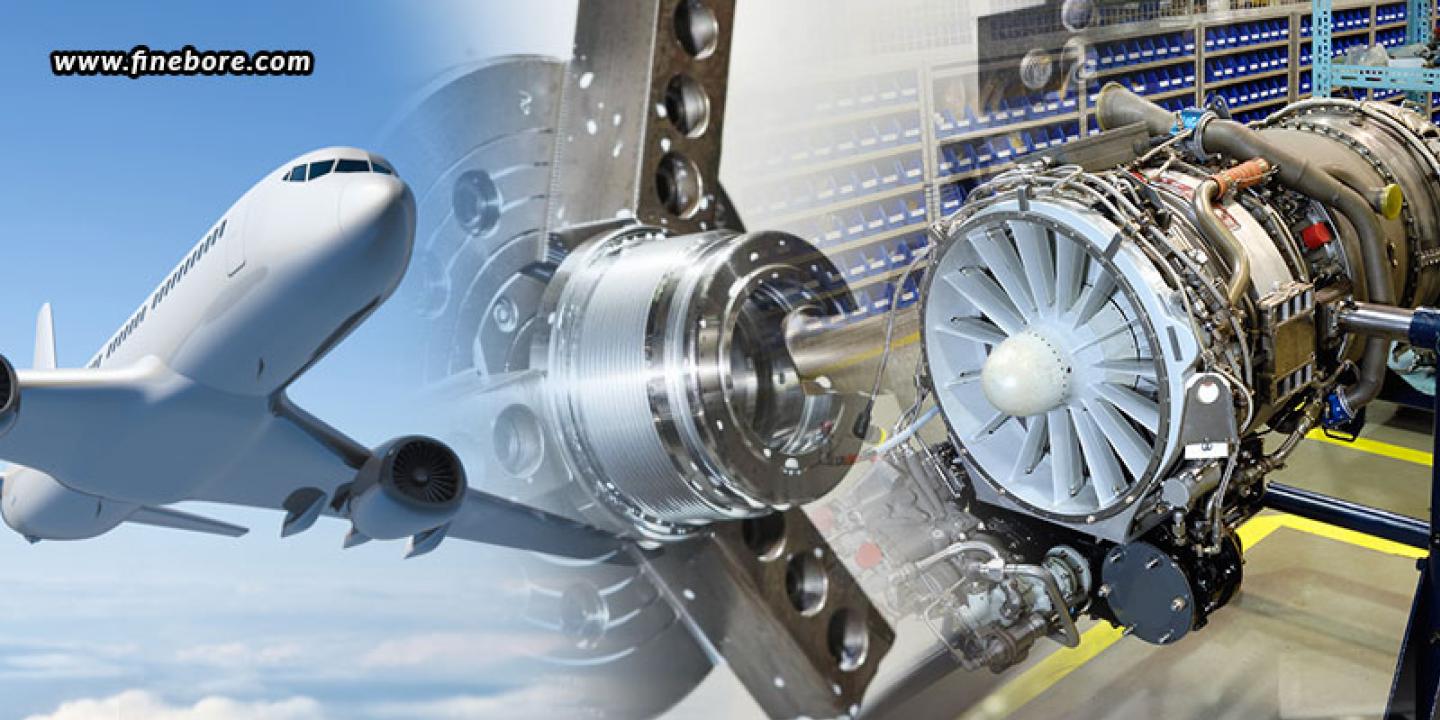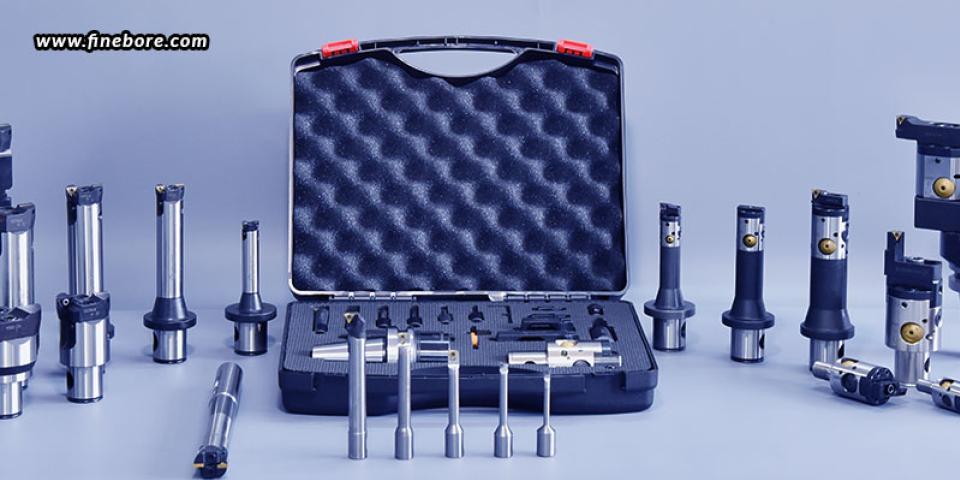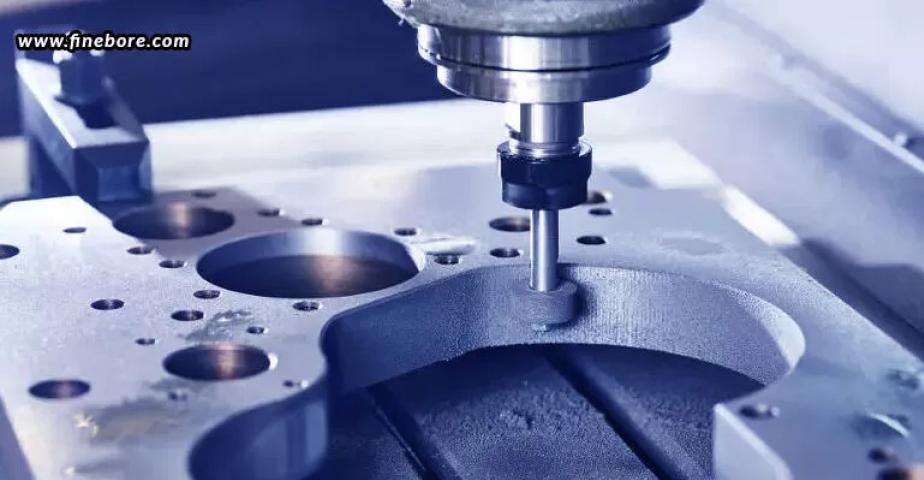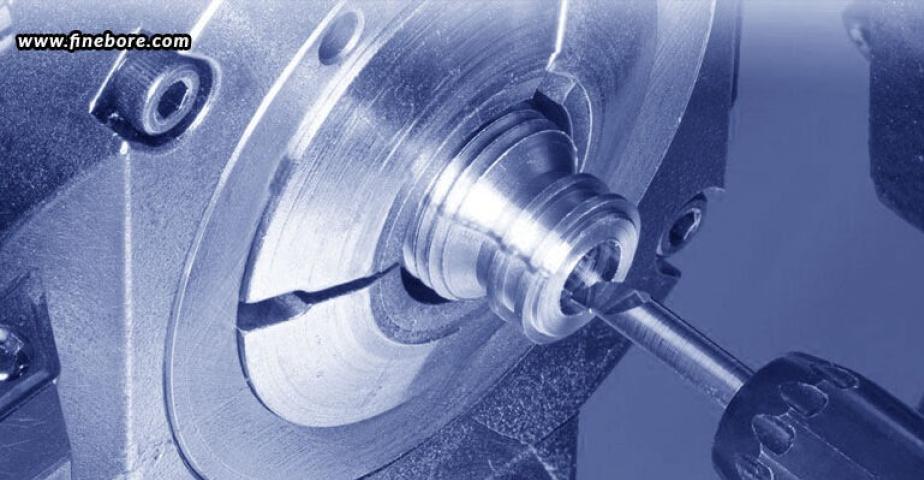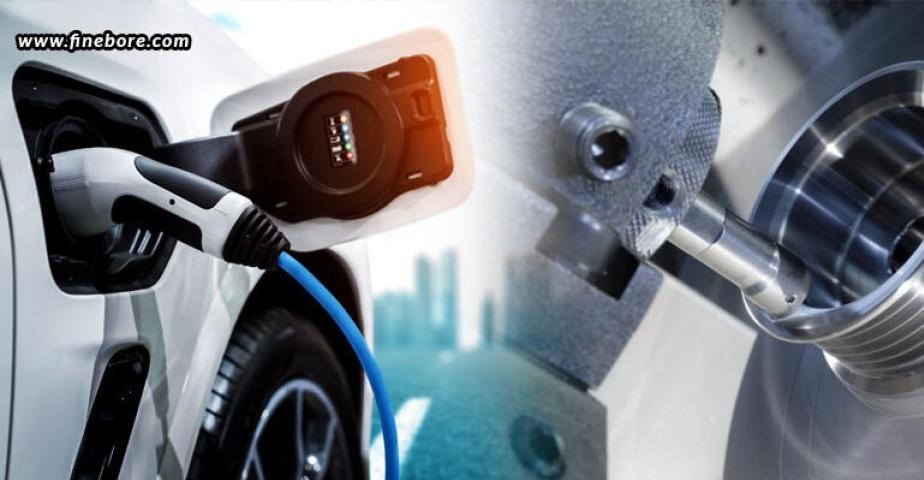Aerospace machining is among the most challenging areas in manufacturing, necessitating exceptional precision, performance, and material reliability. Components for aircraft are subjected to severe temperatures, pressures, and environmental conditions, all while needing to remain lightweight and structurally sound. The intricate nature and performance demands of aerospace components compel manufacturers to implement cutting-edge machining technologies, optimize material usage, and improve overall production precision. This blog delves into the challenges faced in aerospace machining, and showcases the latest trends and innovations that are enhancing precision and performance within the aerospace industry.
Unique challenges in aerospace machining
Stringent tolerances and intricate designs
Components in the aerospace sector, including turbine blades, engine components, and fuselage structures, necessitate exceptionally stringent tolerances, often measured in microns. The intricate designs of these components present significant machining challenges, as even slight deviations can jeopardize structural integrity and overall performance. Attaining these exact specifications demands the use of advanced CNC (Computer Numerical Control) machinery and multi-axis milling systems capable of operating with sub-micron precision.
Advanced material properties
Aerospace components are generally constructed from high-strength, heat-resistant materials such as titanium alloys, Inconel, and various composites. While these materials provide outstanding durability and performance, they pose machining difficulties due to their hardness and resistance to heat. The cutting process generates considerable heat and tool wear, necessitating specialized cutting tools and efficient cooling systems to sustain machining effectiveness and prolong tool life.
Minimizing weight while maintaining strength
The weight of an aircraft significantly influences its fuel efficiency and overall performance. Consequently, aerospace manufacturers aim to reduce component weight without sacrificing strength. This often involves utilizing lightweight materials such as aluminium, titanium, and carbon fibre composites. Innovative machining methods, including high-speed milling and adaptive control, facilitate the creation of lightweight yet strong components with minimal material waste.
Adherence to rigorous safety and quality regulations
The aerospace industry is subject to stringent regulations, with quality and safety standards enforced by organizations like the FAA (Federal Aviation Administration) and EASA (European Union Aviation Safety Agency). Each component must undergo thorough testing and inspection to ensure compliance with these standards. This underscores the importance of precision machining and meticulous quality control to prevent production errors and avoid costly recalls.
Latest developments and innovations in aerospace machining
High-speed machining
High-speed machining refers to the operation of CNC machines at elevated spindle speeds and feed rates, which enhances material removal rates and shortens production cycles. This technique results in smoother surface finishes and tighter tolerances, both of which are critical for aerospace components such as turbine blades and engine casings. The implementation of advanced toolpath strategies and vibration-dampening technologies ensures precision and stability during high-speed machining processes.
Adaptive machining and real-time monitoring
Adaptive machining systems leverage real-time sensor data and AI-driven algorithms to modify cutting parameters dynamically throughout the machining process. This capability allows manufacturers to quickly adapt to variations in material characteristics, tool wear, and thermal expansion, thereby maintaining consistent accuracy. Additionally, real-time monitoring minimizes tool breakage and material waste by ensuring optimal cutting conditions are upheld.
Advanced tooling solutions
Cutting tools are vital in aerospace machining due to the demanding hardness and heat resistance of the materials involved. Recent advancements in tool coatings, such as titanium aluminium nitride (TiAlN) and cubic boron nitride (CBN), significantly improve tool longevity and cutting performance. Precision boring tools, provided by leading manufacturers, are engineered to achieve micron-level accuracy in essential aerospace components.
Laser-assisted machining
Laser-assisted machining utilizes a high-powered laser to preheat the surface of the workpiece, thereby softening the material prior to cutting. This approach diminishes cutting forces and enhances tool life when machining challenging materials such as Inconel and titanium alloys. The technique allows for increased precision and smoother finishes while also reducing tool wear and the load on machinery.
Additive and hybrid manufacturing
Additive manufacturing, including 3D printing, is gaining traction in the aerospace sector for the production of intricate components with minimized material waste. Hybrid manufacturing merges additive techniques with conventional machining, enabling the creation of near-net-shape parts that are subsequently refined through CNC machining. This integration shortens production times and lowers material costs while enhancing the overall accuracy of the components.
The role of boring tools in enhancing aerospace machining
Boring operations are essential for the creation of accurate holes and internal features in aerospace components. High-performance boring tools offer several advantages:
· Enhanced accuracy and surface finish.
· Decreased tool wear and prolonged lifespan.
· Superior performance in high-speed and multi-material machining.
FineTech Toolings, one of the most prominent boring tools suppliers in Bangalore, provides precision boring solutions tailored to the specific requirements of aerospace machining. Their state-of-the-art tools guarantee precise hole alignments, stringent tolerances, and exceptional surface finishes, thereby upholding the highest standards of performance and reliability.
Resource: Read more
